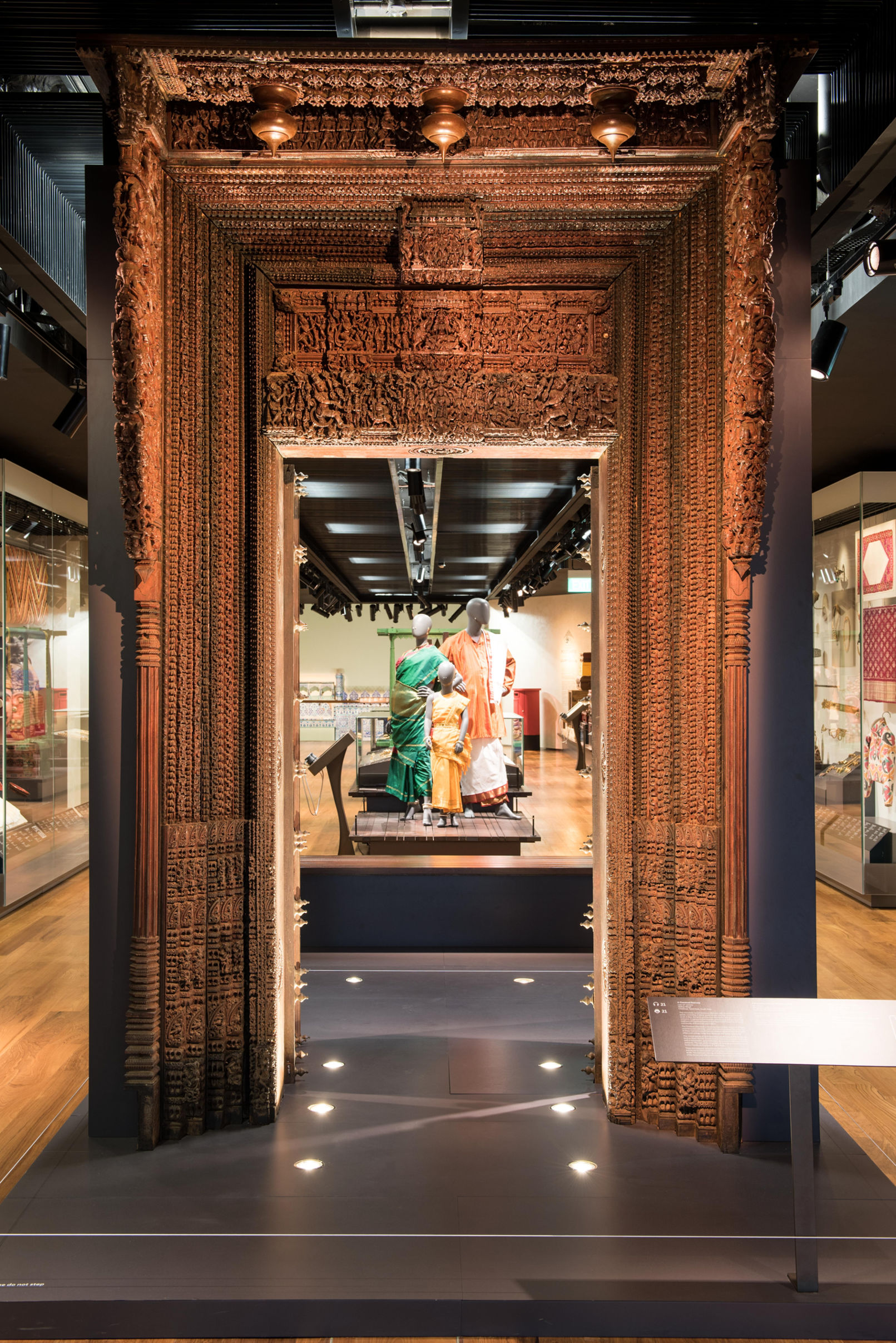

Gift of S R Nathan
S R Nathan, a prominent figure in Singapore's history, made significant contributions to the Indian community. Serving as the sixth President of Singapore from 1999 to 2011, Nathan played a pivotal role in promoting the welfare and advancement of the Indian community. He championed initiatives that fostered educational opportunities, cultural preservation, and social integration. As a respected leader, he emphasized the importance of unity and diversity, creating an inclusive society that celebrated the rich heritage of the Indian community while embracing multiculturalism.
This artefact is a framed collage of photographs of Mr.Nathan taken while in office.
Visit roots.gov.sg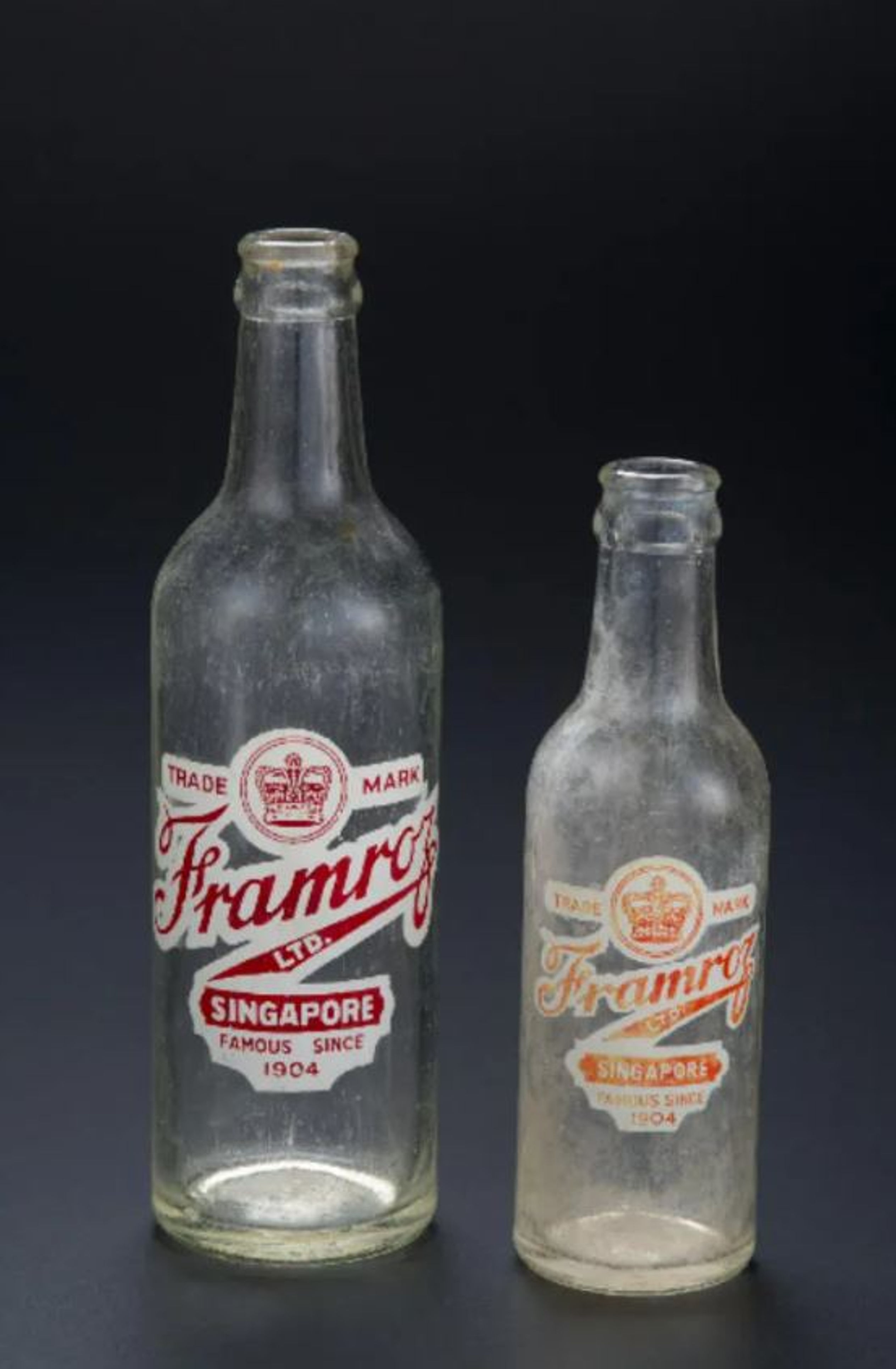

While soda bottles may have been a part of the everyday life of Singaporeans in the past, the Framroz brand tells the tale of business acumen of members from the Indian community. Framroz Aerated Water Company was established in 1904 by Phirozshaw Manekji Framroz (P M Framroz) at Cecil Street. The founder moved from Bombay and set up the company at the age of 27.
Framroz was among the earliest aerated water companies in Singapore, and it produced both carbonated and non-carbonated drinks. Their orange flavoured drinks were made using fruits that were imported from California. The company was liquidated in 1974.
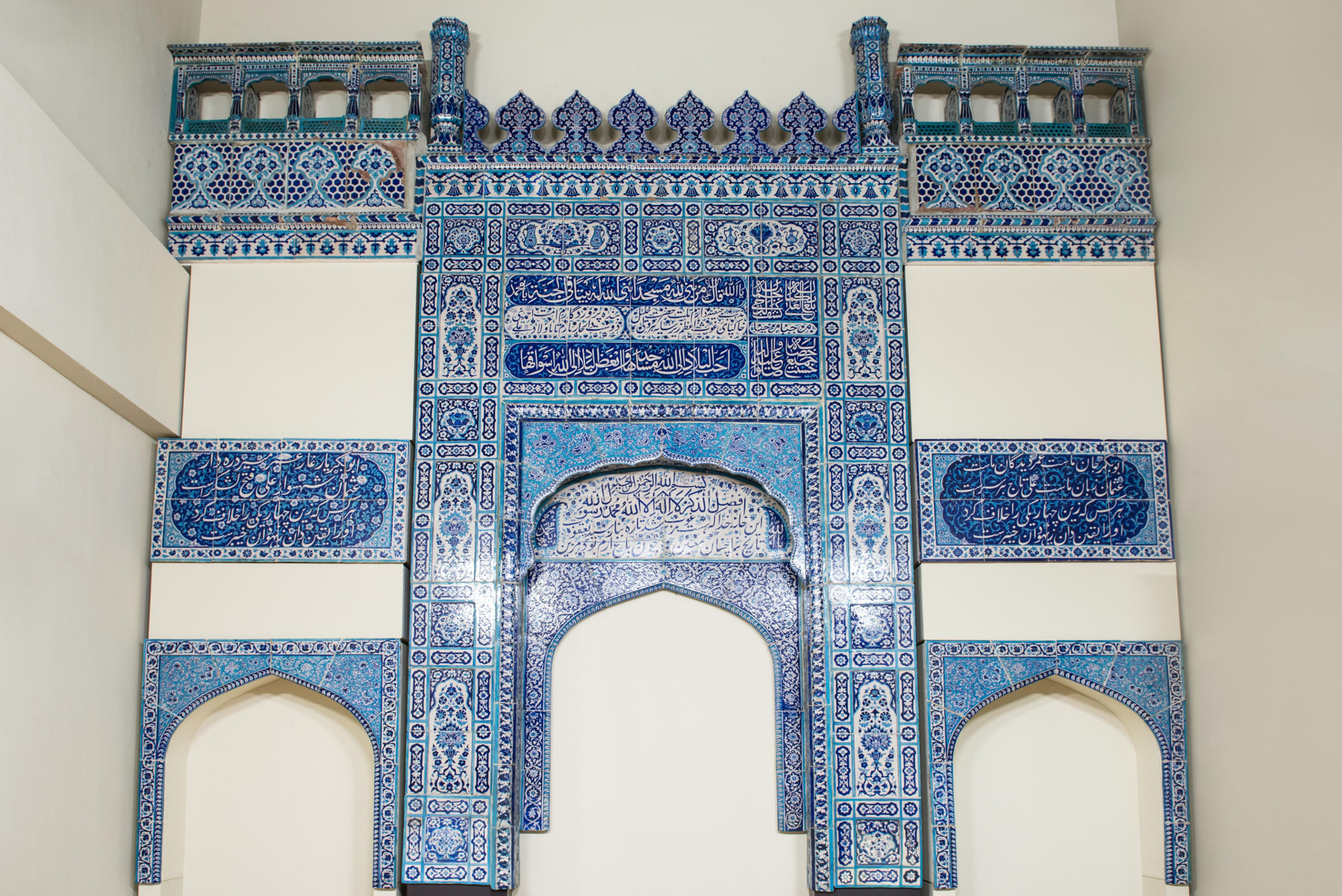

This is an elegant mosque façade from the Multan region, consisting of a central panel entirely covered with over one hundred tiles, flanked on either side by two smaller arched entrances. It is monumental example of the kashikari (tile work) employed in the Multan region. The entire colour scheme plays on variations of underglaze cobalt and turquoise blue on the white slip reflecting Persian influence. The colours are also thought to have symbolic significance to enhance the primary concepts of Sufi Islam, that of oneness in the universe, purity and equality. The decoration is based on 18th century Mughal style. This artefact locates the role of transnational trade between West Asia and South Asia that passed through Multan city.
Besides its religious connotation to South Asian Muslims, it also resonates as a symbol of Islamic trade connections to Southeast Asia. Through Hadramaut in Yemen, trading ports in Persia and Arab states, ships plied with trading goods also brought religious practitioners who after a short sojourn in South Asia, sailed to Malacca and Aceh bringing Islam into Southeast Asia through this route.
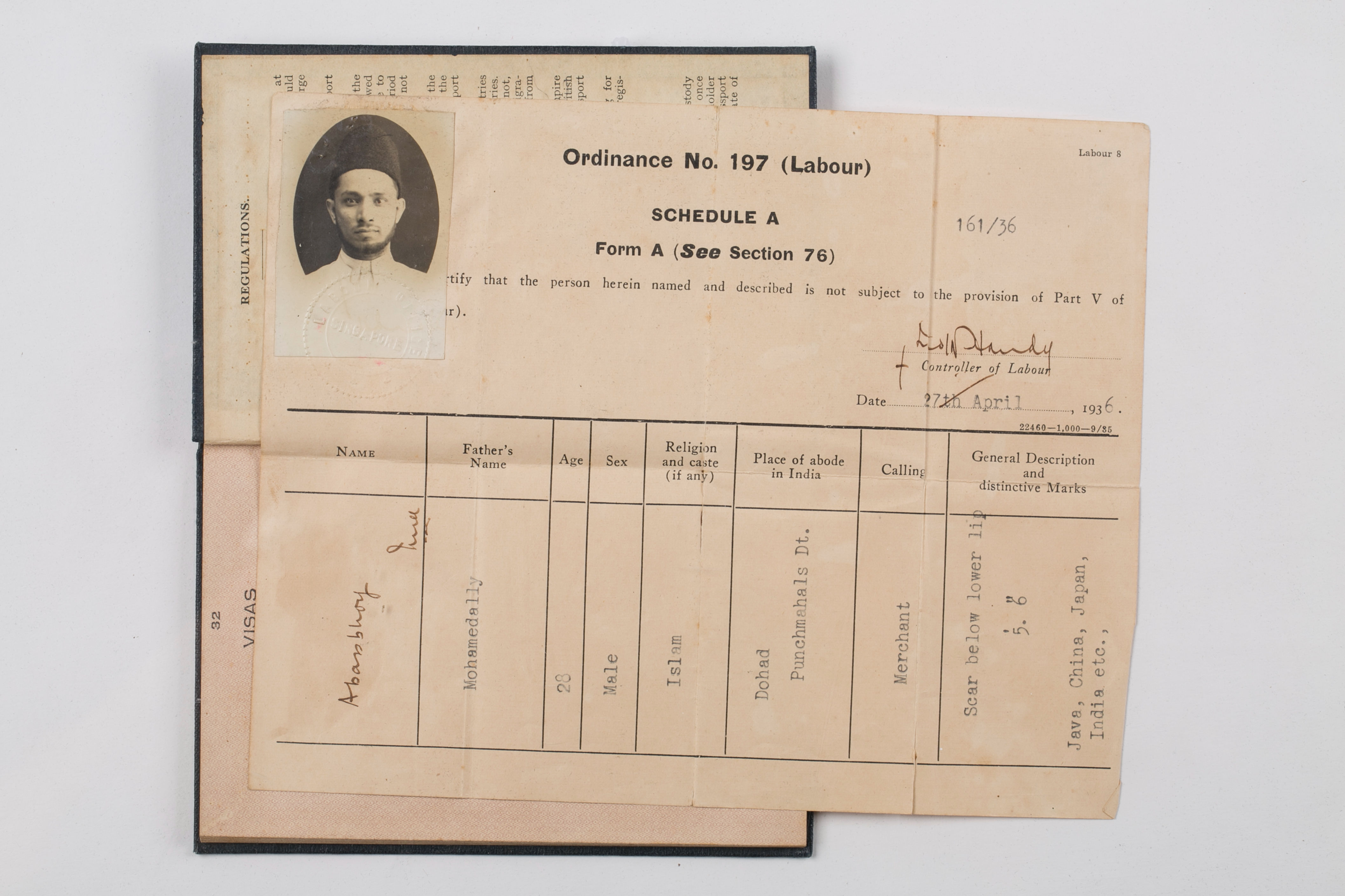

Gift of Salma Moiz
This passport belonging to Abbasbhoy Mohammedally tells the complex story of migration journeys undertaken by individuals from India to the Straits Settlements, seeking a better life.
Abbasbhoy Mohammedally, a member of Singapore’s Dawoodi Bohra community, was one of the proprietors of A. Mohammed Ali & Co., an import and export trading firm that was located on Malacca Street.
This passport holds a cherished place in the donor’s memory as a memento of her father-in-law's life journey.
.jpg)
.jpg)
This rare South Indian bronze mask is a representation of the kirtimukha (face of glory), a popular icon in South and Southeast Asian Hindu-Buddhist temple architecture. The kirtimukha is a fearsome creature with bulging eyes, a gaping mouth, and a tongue split in two dragon's heads. It is often used as a protective motif, symbolizing the power of the gods to ward off evil.
The kirtimukha motif also appears in pre-colonial archaeological evidence found in Singapore. In 1926, a gold armlet with a kirtimukha head motif was discovered at Bukit Larangan (Fort Canning Hill). The armlet is dated to the 14th century CE and is believed to be of Javanese origin. However, its intricate design and form suggest that it may have been made in India.
This artefact draws attention to artistic exchanges between South and Southeast Asia.


Gift of Rajam Sarangapany
G Sarangapany, arrived in Singapore in 1924. A believer of Periyar’s principles, he played a key role in extending the Self-Respect Movement to Singapore and Malaya and became the agent for distribution of the movement’s magazine Kudi Arasu in British Malaya. He later helped arrange Periyar’s visits to Singapore and Malaya.
He was an active writer and publisher in his own right. In 1929 he set up the Tamil magazine Munnetram and took over Tamil Murasu in 1935. Through his writings he promoted the principles of the Tamil reform movement. He encouraged Tamils to make Singapore their home, helped them gain citizenship and championed for the cause of the Tamil language to be recognised as one of the national languages in Singapore.
This artefact is Sarangapany’s very own certificate of registration for Singapore citizenship in 1957.
Visit roots.gov.sg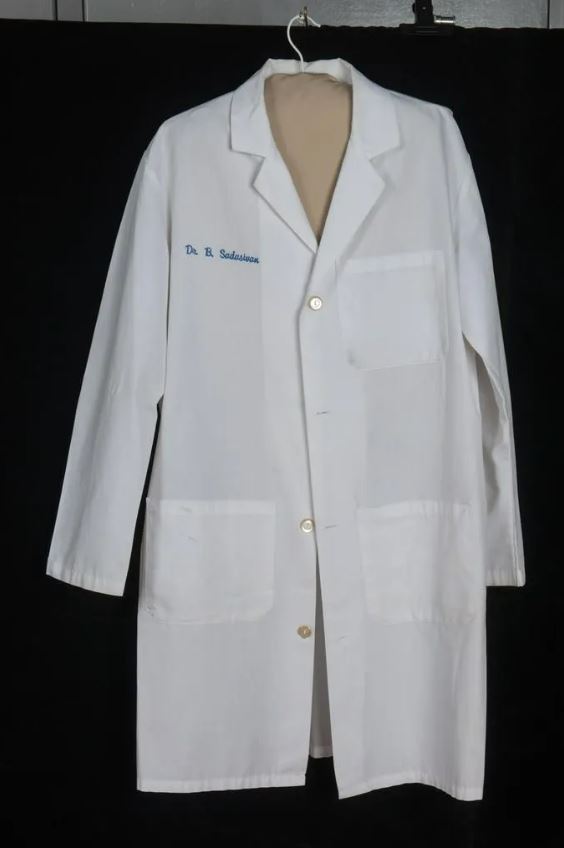

On loan from Dr Ma Swan Hoo
This labcoat was used by Dr Balaji Sadasivan, a practicing neurosurgeon who also held a law degree. He gave up medical practice to enter politics in 2001. He served various portfolios in the Ministry of Environment, Ministry of Health, Ministry of Transport, Ministry of Foreign Affairs, and Ministry of Information, Communications and the Arts. Dr Balaji Sadasivan was Senior Minister of State for Foreign Affairs from 2006 to 2010. In 2007, he was appointed Chairman of the Executive Board of the World Health Organization.
His contribution to the Indian community is numerous. He served as president of the Singapore Indian Development Association (SINDA) and the Singapore Indian Education Trust. He was also chairman of the Indian Heritage Centre’s steering committee when the centre was mooted as an idea in the parliament.
.jpg)
.jpg)
The evolution of domestic architecture in Kerala followed the evolution of temple architecture very closely. Additionally, prescriptive texts such as the Manushyalaya Chandrika and Vastu Vidya, laid down the theory and practice of domestic architecture. As such, the construction of domestic houses was standardised and adapted to suit the needs of different socio-economic and ethnic groups of Kerala. The traditional carpenters have rigidly adhered to the proportions of the different elements till today.
Gabled roofs allow sun light and breeze into the house while providing vantage for defence as well. Such roofs cut across religions and can be found in Hindu, Muslim and Christian architecture in Kerala. It is also a notable feature of the Padmanabhapuram Palace, in Thiruvanthapuram.
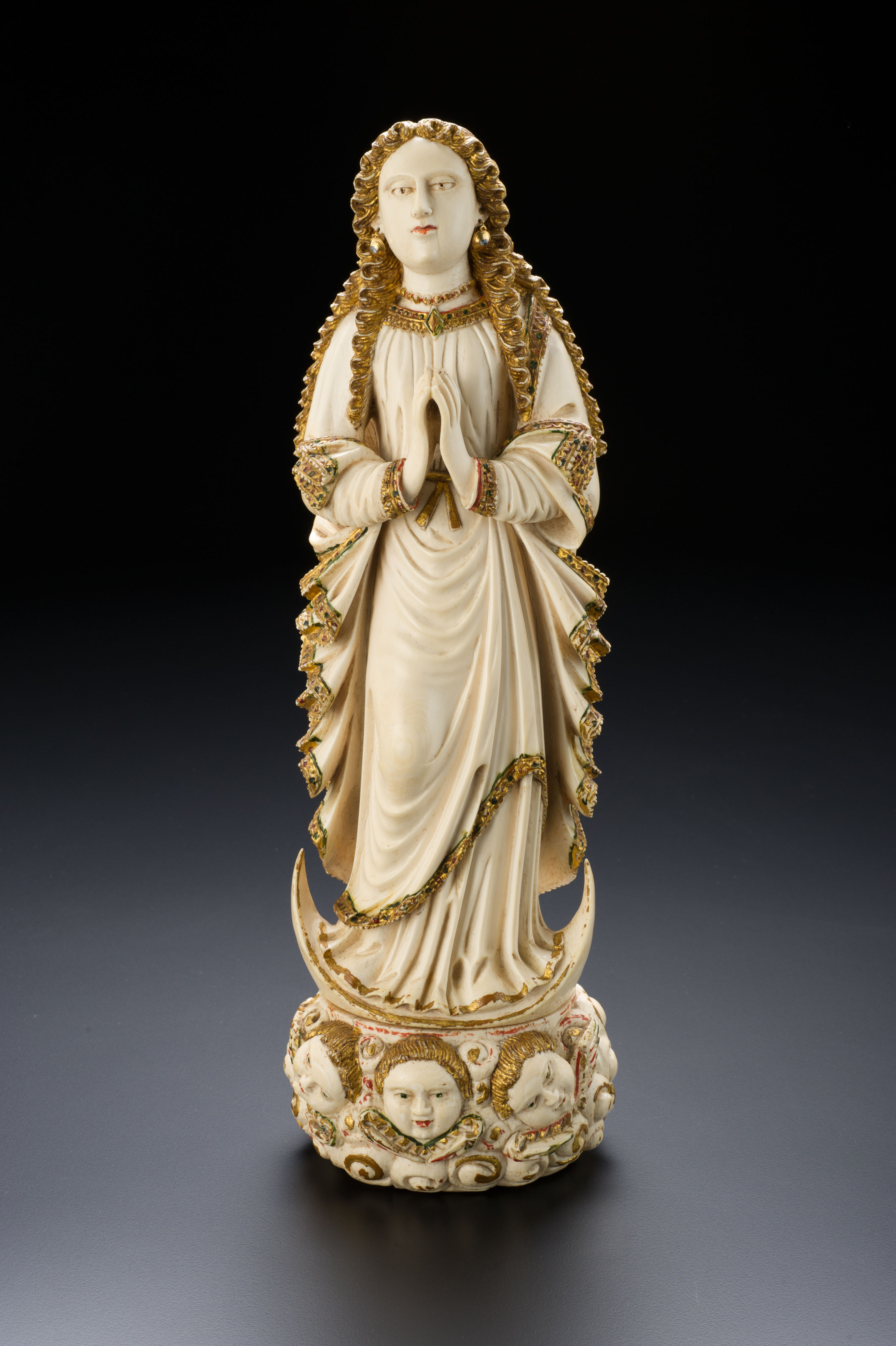

The Portuguese conquest of territories in Africa, Sri Lanka, Goa, Macao, Japan and Brazil, saw the advent of Christian art in these regions.
One remarkable manifestation of this was the creation of intricate ivory statues depicting Christian deities. These statues gained popularity in Portugal, Spain, and the Asian territories under Portuguese control. Goa, in particular, was known for producing ivory statues that primarily featured Christian figures. Jesus and the Virgin Mary were the most commonly portrayed, along with saints. From the 16th century onwards, such statues were produced in Asia for export to Europe.
An exquisite example of this Indo-Portuguese style is the ivory statue of Madonna, also known as Our Lady of Immaculate Conception. The statue showcases elaborate gilded decorations on her hair and the borders of her dress, exuding grandeur. She stands on a cloud of cherubs with her right knee bent, her palms together in a gesture of prayer. While her appearance is European, with serene light eyes, an aquiline nose, and a broad face framed by long blonde tresses, the figure is also adorned with gold earrings, reflecting the practice of adorning the deity in South Asia.
Visit roots.gov.sg


